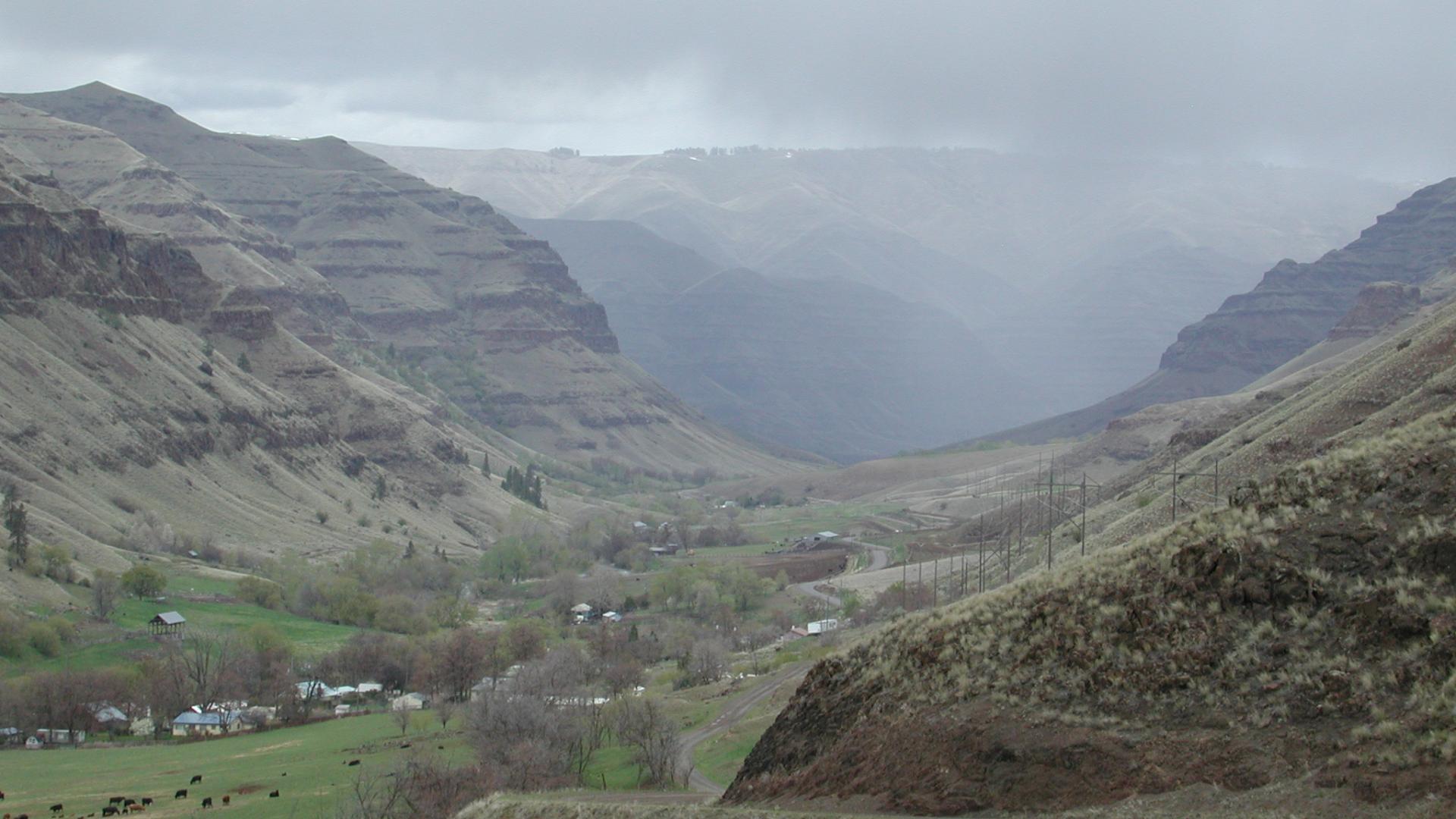
- Body
One challenge central to many large landscape conservation efforts is managing land use change in the form of urban sprawl and other forms of land development. This is especially the case for landscape conservation programs that are located near large urban centers or communities viewed as having high amenity values. Between 1982 and 2007, approximately 350,000 acres of rangelands were lost to development each year in the western United States (Charnley et al. 2014). Managing land use change is especially important when conservation efforts are focused on working landscapes. Working landscapes depend on several characteristics to maintain both natural resources-based economies and conserve natural resources for the benefit of wildlife, people, and ecosystems. Specific challenges include:
- Landscape Fragmentation: Ranching is an extensive land use – it requires large open areas to graze livestock. This is especially true in arid and semi-arid regions where forage resources are water limited. Ranches are most efficient when the lands they use for livestock grazing are contiguous, allowing easy management of livestock across pastures. As urban development spreads into rural areas, the landscape is broken into smaller and smaller pieces. This process can limit the amount land available for grazing and make moving livestock across the landscape more difficult. Fragmentation also harms wildlife habitat by destroying habitat, splitting up the landscape, and disrupting migratory corridors.
New landowners have different goals than agricultural producers, valuing amenity ownership over working landscapes. This can result in conflicts on how a landscape should be managed. Pets can harm wildlife populations and gardens can bring invasive plants.
- Loss of agricultural infrastructure: Farmers and ranchers in working landscapes are economically co-dependent. Ranchers need access to supplemental feed, auction barns, equipment and ranch infrastructure goods like fencing and well pumps. As the number of ranchers in an area decreases, the viability of businesses that provide these goods and services may decline. This can increase costs and decrease competitiveness of agricultural producers.
Some large landscape conservation efforts focus on preventing these impacts by working to implement land use plans that prioritize conservation of working landscapes; encourage the use of tools like conservation easements, which protect ranchland from development while providing an economic return to the rancher; and support collective action to strengthen the agricultural economy and increase the economic security of producers.
Further Reading
Articles exploring urban encroachment on agriculture:
- To Ranch or Not to Ranch? Home on the Urban Range
- Development at the Urban Fringe and Beyond: Impacts on Agriculture and Rural Land
- Edge Effects of Fragmented Grasslands Along Urban-Rural Gradients in Selected Areas of the North-West Province, South Africa
- Homes on the Range: Helping to Understand Residential Development of U.S. Rangelands
Sonoran Institute publications:
- In the Line of Fire: Managing Growth at the Forest’s Edge
- Western Landscapes in the Crossfire: Urban Growth and the National Landscape Conservation System
Examples of Large Landscape Conservation efforts dealing with growth challenges: